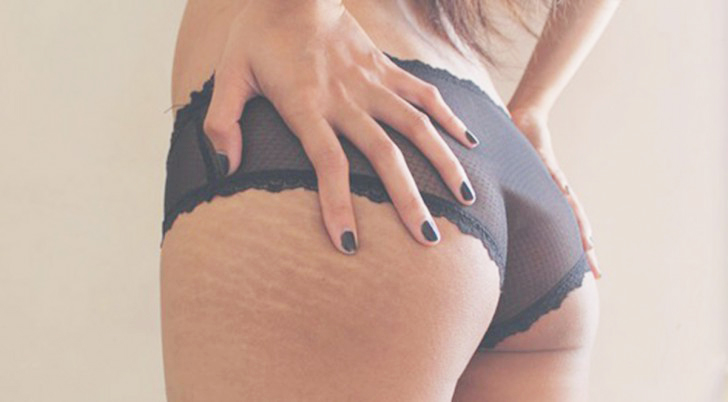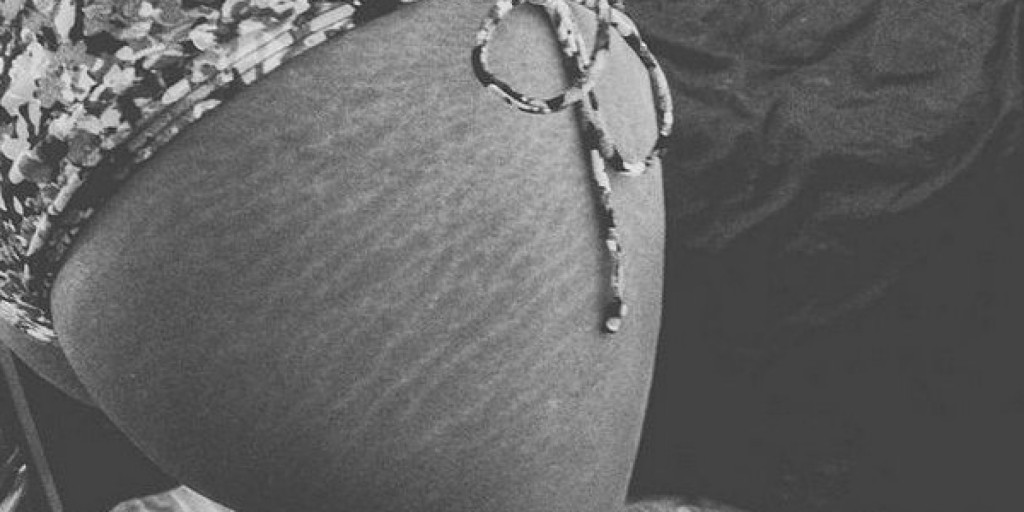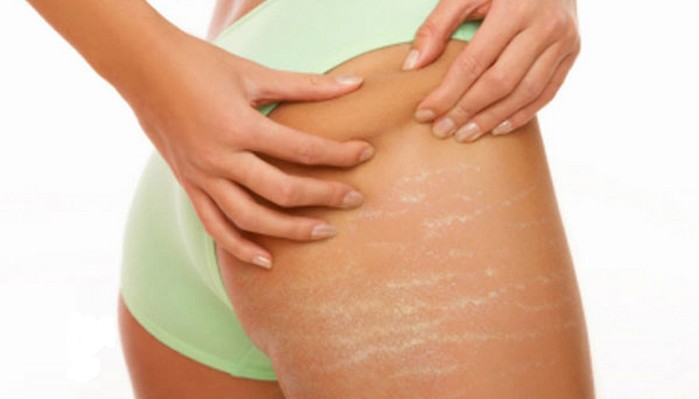Stretch marks, zebra prints, why oh why does this happen to our body? Many of us may be afflicted by them due to rapid weight gain through our adult years, or perhaps rapid weight loss, or even pregnancy.
Either way, they do leave their mark and while we would wish they would go away, unless you do laser surgery – nothing will make them fade completely. The trick to this situation is to find them endearing, learn to love them and accept them as part of you. (I call them my zebra walk).

What are stretch marks exactly and why do they happen?
Can we avoid them?
Stretch marks typically appear as bands of parallel lines on your skin. These lines are a different color and texture than your normal skin, and they range from purple to bright pink to light gray. When you touch stretch marks with your fingers, you might feel a slight ridge or indentation on your skin.
You can have stretch marks just about anywhere, but they’re most common on your stomach, breasts, upper arms, thighs, and buttocks.
What causes them?
Stretch marks have been found to be a result of skin stretching and an increase of cortisone in your system. Cortisone is a hormone naturally produced by your adrenal glands. However, having too much of this hormone can make your skin lose its elasticity.
What treatments can we use?
Stretch marks often fade with time. If you don’t want to wait, there are treatments that can improve their appearance. However, no treatment can make stretch marks disappear completely.
According to Healthline.com, there are several ways to improve the appearance of stretch marks:
- Tretinoin cream (Retin-A, Renova) works by restoring collagen, a fibrous protein that helps give your skin elasticity. It’s best to use this cream on recent stretch marks that are red or pink. This cream may cause skin irritation. If you’re pregnant, you shouldn’t use tretinoin cream.
- Pulsed dye laser therapy encourages the growth of collagen and elastin. It’s best to use this therapy on newer stretch marks. Darker-skinned individuals may experience skin discoloration.
- Fractional photothermolysis is similar to pulsed dye laser therapy in that it uses a laser. However, it works by targeting smaller areas of your skin, causing less skin damage.
- Microdermabrasion involves polishing the skin with tiny crystals to reveal new skin that’s under the more elastic stretch marks. Microdermabrasion can improve the appearance of older stretch marks.
- The excimer laser stimulates skin color (melanin) production so that stretch marks match the surrounding skin more closely.
Medical procedures and prescription medicines aren’t guaranteed to cure stretch marks, and they can be expensive.
Can we avoid them?

There’s no way to prevent stretch marks completely, even if you regularly use lotions and creams. However, keeping your weight in a healthy range by eating well and exercising regularly can help to prevent stretch marks caused by sudden weight gain or loss.
Massaging your skin everyday with moisturiser or a massage glove can help to improve your circulation and encourage new tissue growth.
It is also important for you to eat a healthy, balanced diet that is rich in vitamins and minerals – particularly vitamins E and C and the minerals zinc and silicon. These vitamins and minerals help to keep your skin healthy.









